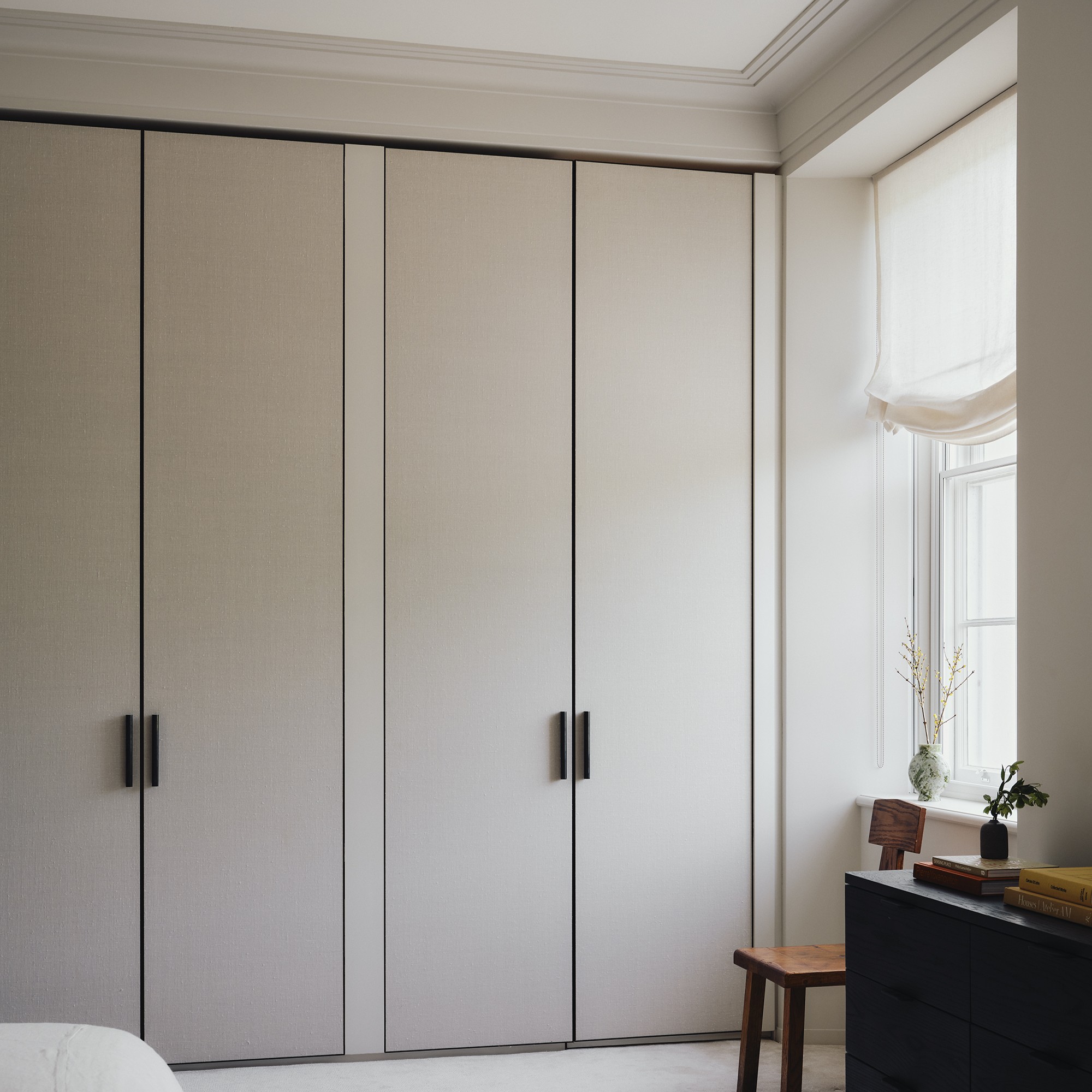
Coordinating Joinery and Air Conditioning in High-End Interior Design
Joinery and mechanical services design have long been complementary disciplines – but are designers making the most of what coordination between these two trades has to offer?
Joinery and fitted cabinetry in a high-end property aren’t just designed to shelve books or provide storage – often they are highly curated, crafted furniture elements designed to shape a space in line with the property’s visual intent. And just as this is the case, so too can air conditioning be more than a box on the wall or a grille in the ceiling.
There are three main considerations when integrating the two design elements: required space, provision for maintenance access, and overall aesthetic impact. This is again wholly dependent on individual client requirements. For a joinery design with integrated air conditioning to work seamlessly, a robust design process must be followed, bringing together air conditioning design specialists, interior designers, architects and joinery designers from the earliest stages.
-1.jpeg)
SPACE
The space required for any system depends on the size, style, and specification of the air conditioning system itself. Systems designed to achieve pin-drop silence, for example, inevitably demand additional volume to accommodate attenuation units. Conversely, non-attenuated systems required to cool a larger space may necessitate bulkier units, so there is no one-size-fits-all solution when it comes to integrating air conditioning and joinery.

AESTHETICS
As well as impacting space, room size can also dictate the necessary free area for air terminals, along with the degree of cooling, which in turn affects how visible or discreet the installation will be. Every grille, slot and opening has a proportional relationship to airflow, and aligning these technical requirements with the space’s design language requires experienced specialists.

ACCESS
Access remains a defining consideration. Each unit must be serviceable throughout its lifespan without destructive works to the surrounding finishes – yet nobody wants walls dotted with visible hatches. Removable panels within the back of joinery can be designed to allow for maintenance access without visual compromise. These small allowances in the design phase protect both performance and craftsmanship in the long term.
THE BIGGER PICTURE
Sometimes, joinery integration arises not from choice but necessity. Designers may wish to preserve ceiling heights or work around listed features of the original architecture, which can leave limited structural options for accommodating services. In such cases, joinery provides a refined and non-invasive means of concealment and coordination. By absorbing the technical elements within other existing parts of the wider design, the spatial intent remains intact without compromising on technical operation.
Coordination in practice is best understood visually. This accompanying graphic illustrates the layered design development from one of our projects, where mechanical layouts and joinery detailing evolved in parallel. This process captures what successful integration really entails: not a compromise between disciplines, but a convergence of them.
There is no one-size-fits-all approach to integrating air conditioning within joinery; as noted, it’s entirely dependent on client requirements and project constraints. Effective solutions demand specialist input from the outset. We regularly collaborate with leading joinery firms and can assemble a coordinated team to develop a design perfectly suited to your project.

YOUR HOME.YOUR TEMPERATURE.
Find out how we can help you achieve the perfect temperature in your home.